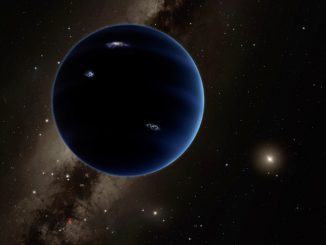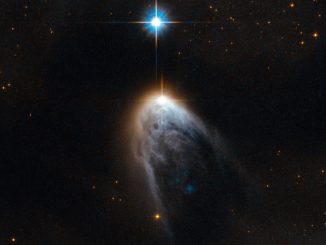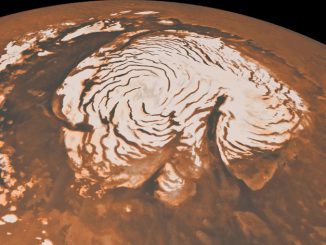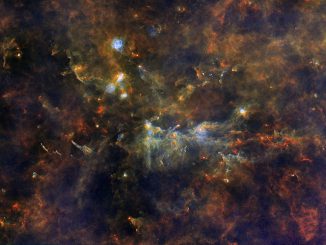
Did the young Sun steal Planet 9 from another star?
Through a computer-simulated study, astronomers at Lund University in Sweden show that it is highly likely the so-called Planet 9 is an exoplanet. This would make it the first such body to be discovered inside our own solar system — when or if it is found. The theory is that our Sun, in its youth some 4.5 billion years ago, stole Planet 9 from its original star.









